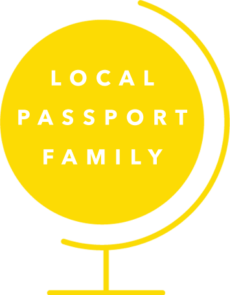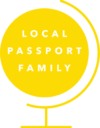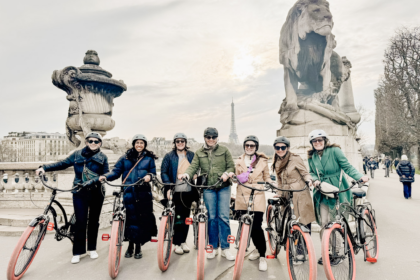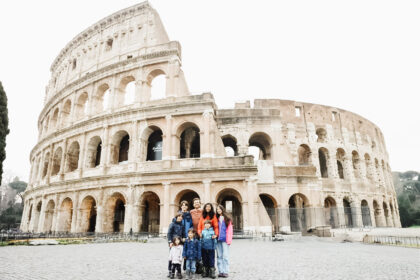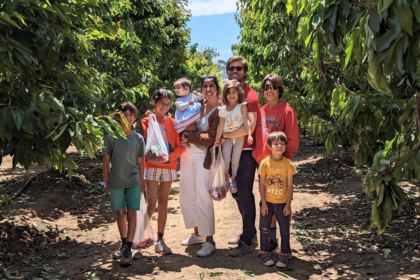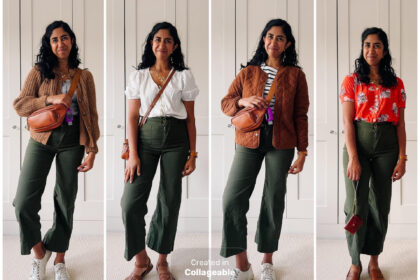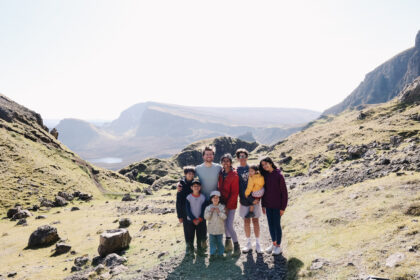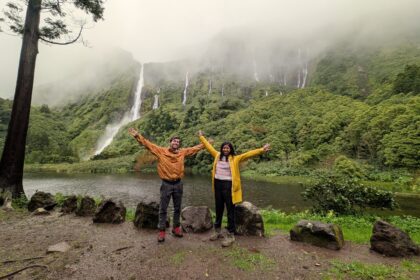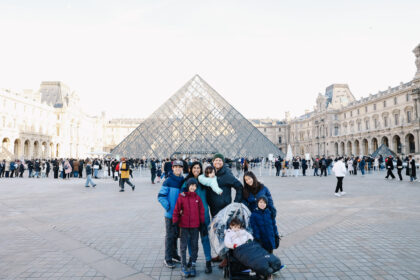A few months ago, a friend messaged our hiking group to ask if anyone would be interested in a 4-day trekking experience in the Alps. I was immediately intrigued, excited, and NERVOUS to say yes.
Here’s all about what the trek was, how much it cost, what type of preparation it required, things I wish I knew, and more. I hope it helps you if you’re considering doing something similar!
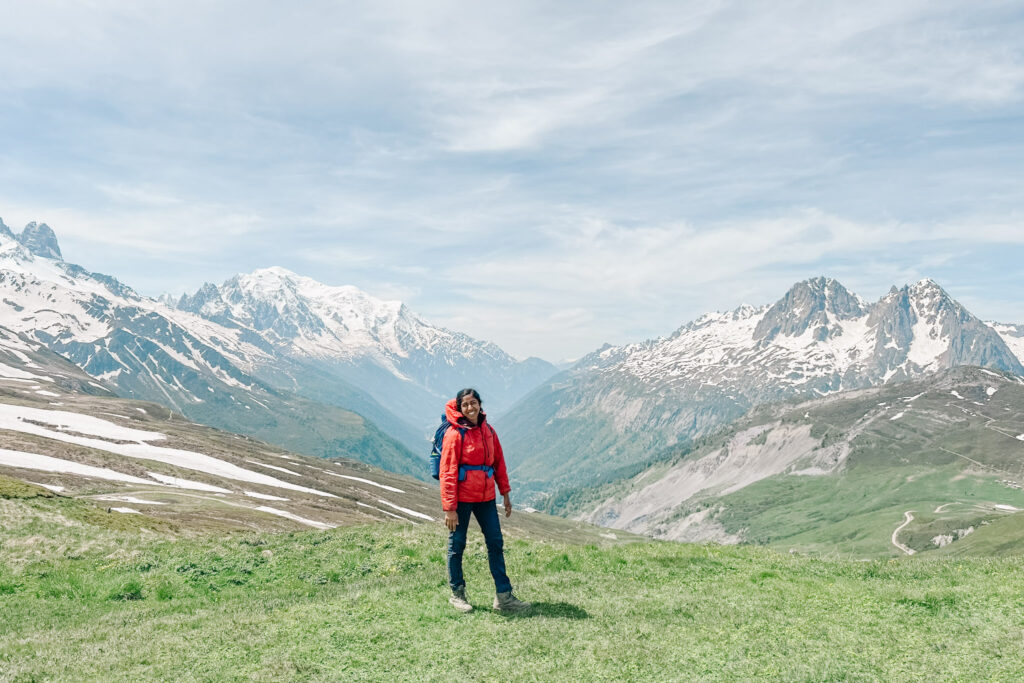
What Trek Did We Do and How Did We Choose It?
We chose to do this 4 day/3 night long weekend version of the Tour du Mont Blanc, one of the most epic hikes in the world. We chose the hut-to-hut version, which was cheaper than the hotels version, while still including the convenience of meals and accommodations managed for us. It was perfect for us!
The length felt just right for a first-time adventure like this. We tacked on one extra day by flying in a day early and staying in Chamonix. (We stayed at this hotel and really enjoyed it. It’s relatively affordable – Chamonix is expensive! – nice, spacious, and easily walkable to restaurants and shops in town.) The distances also looked relatively manageable (max was 20k in a day), although I knew carrying a pack, hiking at altitude, and lots of elevation gain would definitely have an impact (the biggest elevation gain in a day was about 3200 ft, which happened a couple days, and about the same amount down).
We (I!) also felt a lot more comfortable with a trek that was pre-planned and had a guide to lead us along the way. It was really wonderful doing it in a place like the Alps, where all the breakfasts and dinners were provided at the huts, and where lunches were packed for us to carry each day. That meant we were just carrying our snacks and the day’s lunch, which really cut down on weight. We also only needed to pack a sleeping bag liner and didn’t need a tent, pad, or sleeping bag. This also made it much more manageable for a newbie backpacker!
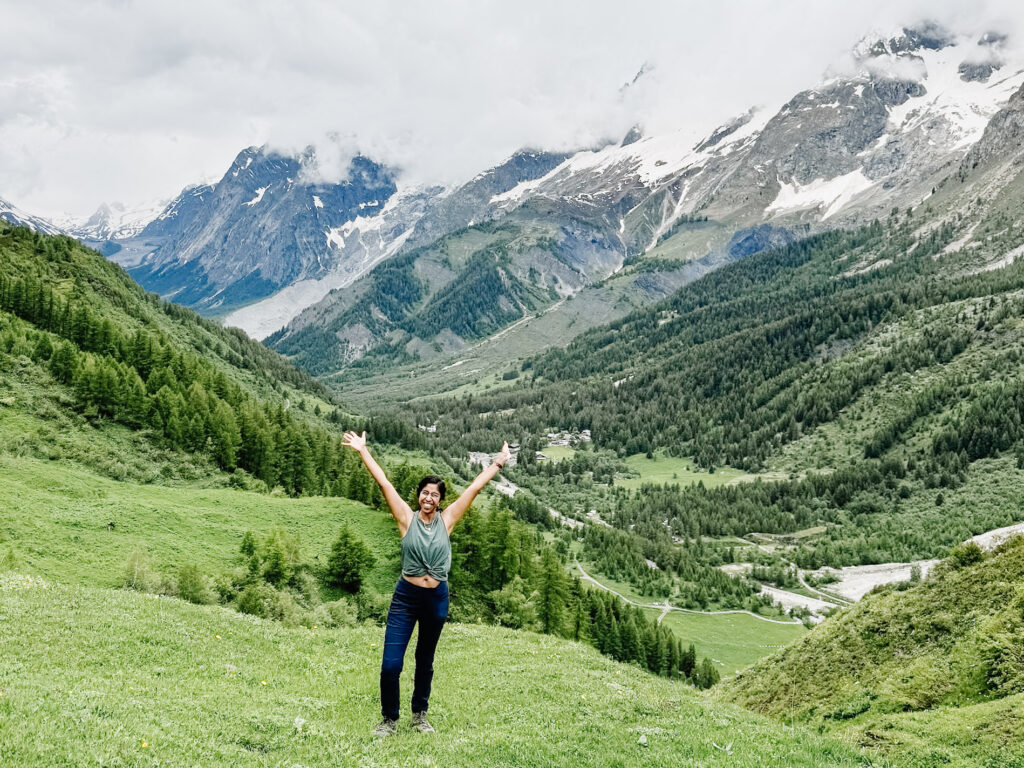
How Did You Find People To Do It With?
I knew 3 of the girls with whom I signed up through church connections, and one of them knew two others from a previous women’s ski trip. There were 15 people total in the group, so 9 others that I didn’t know (plus our guide). Several of the others signed up for the trek in groups of 2 or 3, but there were also a couple people who signed up solo. It was honestly wonderful getting to know everyone and incredible how well we all get along. So I’d say if you don’t already know someone to do this with you but you’re interested, sign up and I bet you’ll meet some kindred spirits.
While the people with whom I signed up were women, the trek was mixed gender, as were the dorms (at least the first night). I thought it was so fun with the group we had!
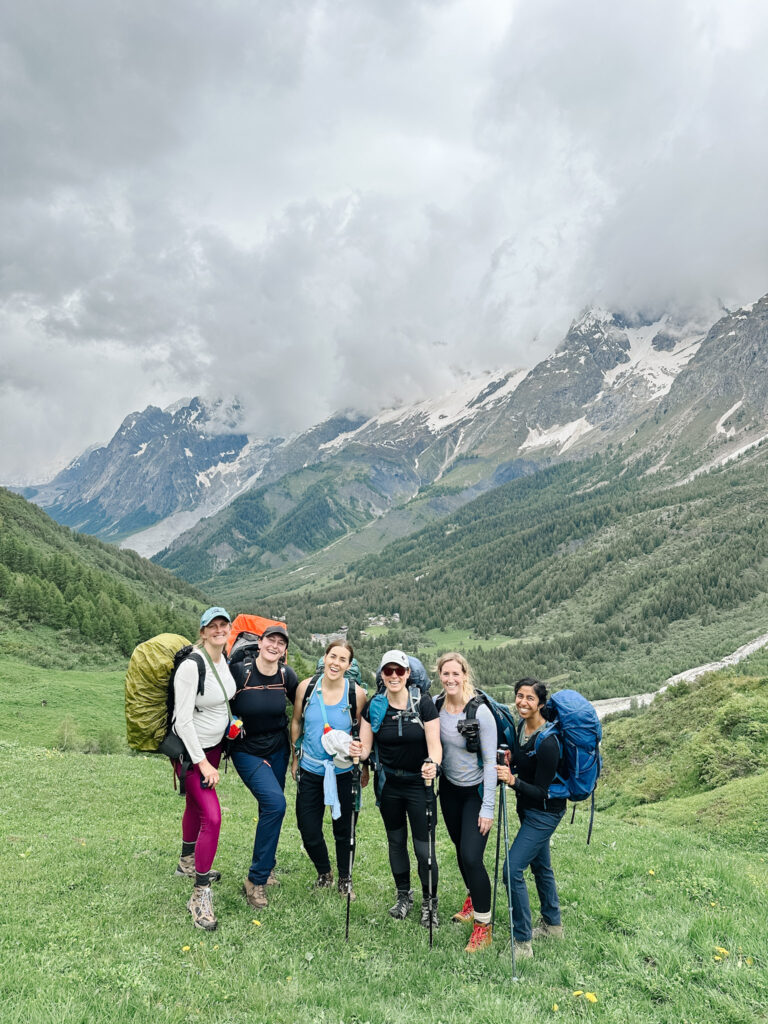
How Did I Decide To Say Yes?
I definitely waffled quite a bit when deciding whether to say yes to this since it was for sure out of my wheelhouse. I wasn’t sure I would be totally up to the intensity, and it felt very new and unfamiliar to me. But in the end, I decided it was an incredible opportunity with fun people in a stunning place and I didn’t want to pass it up!
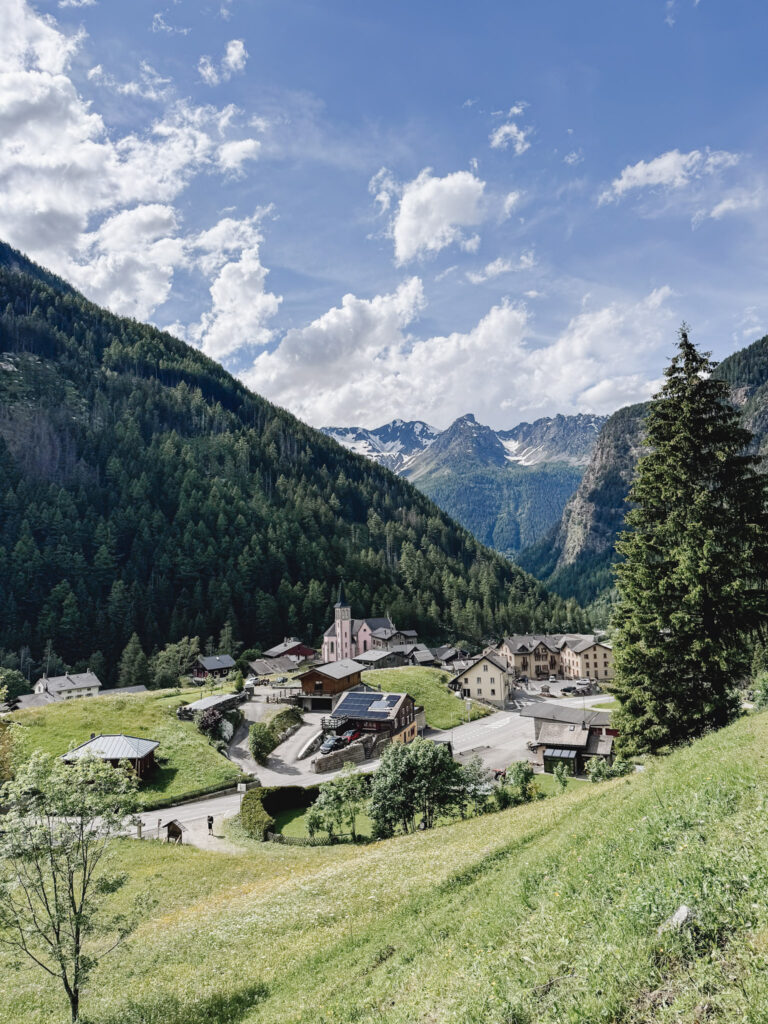
What Was My Hiking Background?
I’d never ever been backpacking in my life before, and only really started hiking more about 4 years ago when we started taking our kids more! In fact, the first ever hike I did that was over a couple miles was in the summer of 2020, after we bought an RV to go see our high-risk families (Dan’s parents hadn’t yet met little baby M!) who lived on the east coast while we were living in California.After visiting our families, since we had our RV and since our jobs and schools were all remote at that point due to the pandemic, we had the enormous privilege of being able to spend 4 months exploring various outdoor spaces around the US.
I remember the first time we did a hike around 6 miles long with about 1200 ft of elevation gain in southern Virginia (this one – highly recommend!). I remember thinking it was not only the first time we’d done a family hike over a couple miles, but it was also the first I personally had ever done a hike that long. I was learning and growing and stretching right alongside my kids (who did amazingly well).
I remember that hike giving me a bit more confidence that we could do hard things together as a family, and really enjoy them. We felt invigorated and excited and I loved the time to chat and run and play. Within the next couple months, we did LOTS more hiking across many national parks, including two big hikes around 9-9.5 miles, each with between 1500 – 2500ft of elevation gain. It was exhilarating and difficult, but so incredible.
After that, we didn’t have many opportunities to do big hikes. We continued doing shorter ones up to around 5 miles both near our home in California, as well as when we traveled to other national parks and other public lands. Our kids asked a number of times if we could do an overnight backpacking trip, but we weren’t sure we had all the know-how and wherewithal to make this happen, especially with babies in tow.
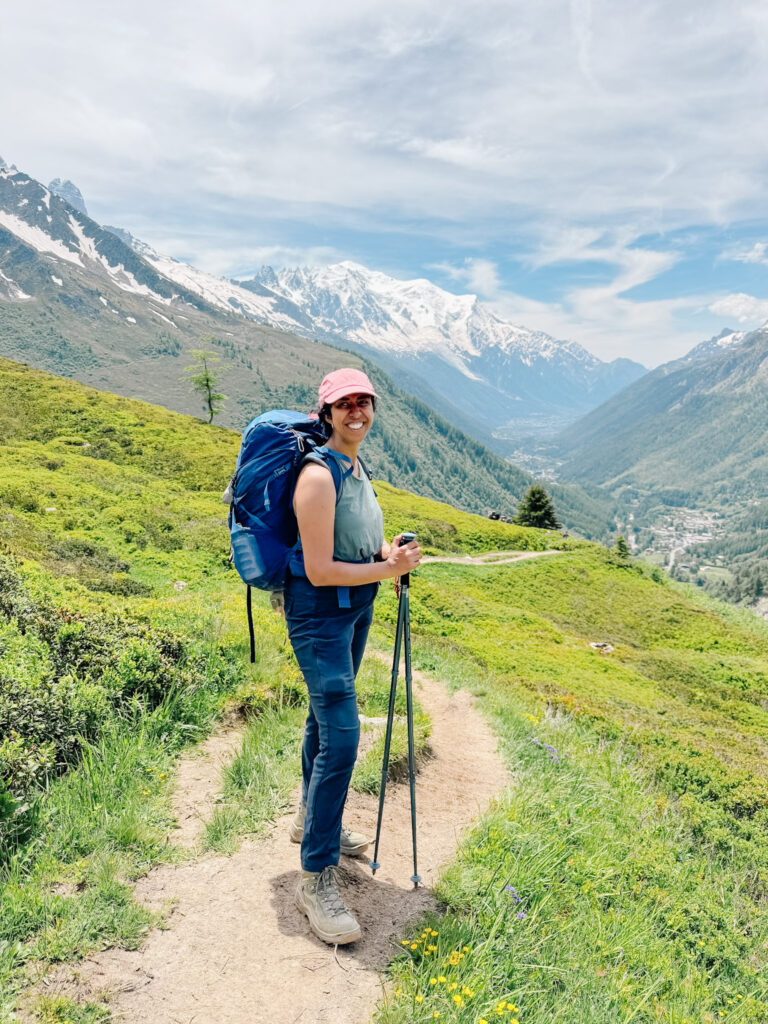
What Kind of Weight Was I Used to Carrying? How Heavy Was Your Pack?
A baby! I laugh, but really, that was almost the entirety of my experience with carrying any sort of weight (and my babies are tiny). Since we’ve started hiking, we’ve usually had Dan carry a backpack with camera equipment, snacks, and other supplies, and I wear the baby. As our kids got a bit bigger and we got more experience hiking, they started carrying their own day packs, and Dan would usually wear the baby in our beloved hiking carrier that also has room for our gear.
This meant that I rarely carried much! I practiced wearing the baby while hiking a few times with our hiking carrier before leaving on our trek, but that was about it in terms of hiking with any sort of pack.
From what I heard from others, around 18-20lbs was a pretty common weight, and I really wanted to aim to be on the low end of that. I wanted to make it as easy as possible on myself! In the end, I think I ended up around 17 lbs or so – I ditched one zip up and one pair of leggings before leaving and stuck them in a friend’s luggage she was leaving behind. It was a good choice since I ended up just washing my tank that I wore and it was surprisingly warm on the days we were there. I did pack a wool jumper that I knew I could rewear multiple times if needed for warmth, but I ended up not using it at all.
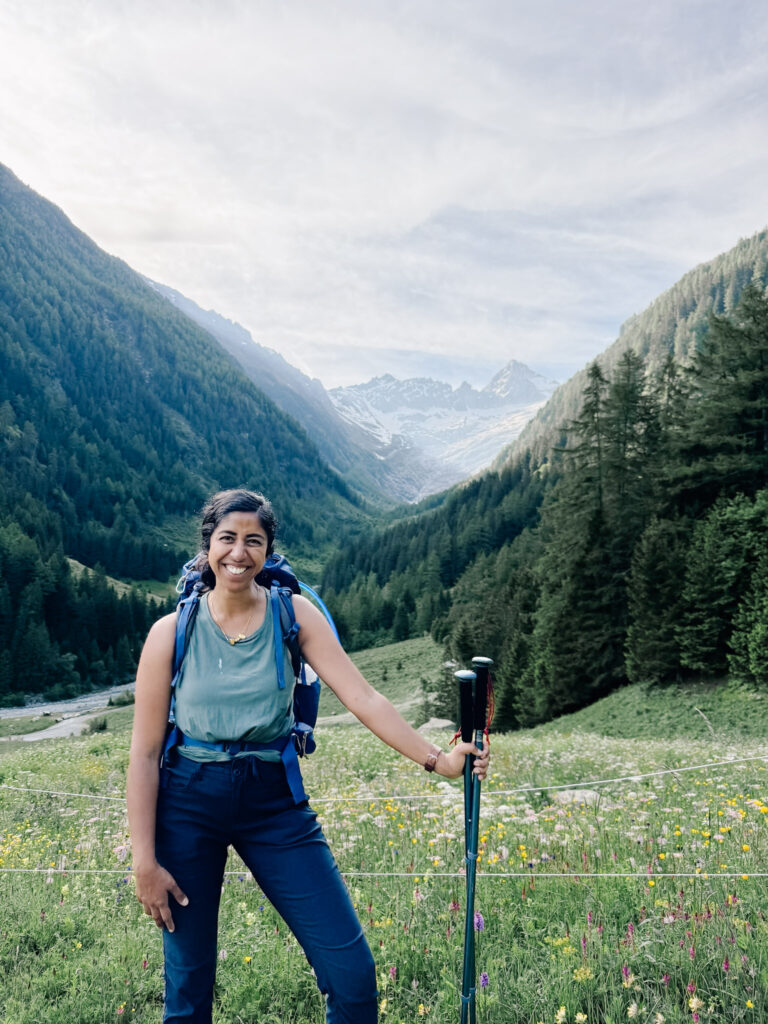
How Much Does An Alps Trek Cost?
If you’re thinking of doing an Alps trek, know that there are options for a huge variety of budgets. We were closer to the budget side, though I’m sure we could’ve done it for less if we’d planned out all the accommodations and food on our own and not had a guide, but I really appreciated having someone else take care of the planning for this first go around. Especially since I’d never gone backpacking before, it was nice to just need to worry about my own packing and let someone else take care of the other stuff!
The entire trek when we went cost about $850 USD (June 2024). This included 3 nights of accommodations in alpine huts, 10 meals (2 days of 3 meals, 1 day of lunch & dinner, 1 day of breakfast & lunch), transfers from the Geneva airport, transfers to the start and end of the trek + 1 in between, and our amazing guide. It did not include our flights to Geneva (around $75 RT since we were coming from London), our hotel the night before (since we flew in a day early), our transfer from Geneva to Chamonix (since we flew in a day early), food before and after the trek, snacks, and any personal equipment. I’d say for me, the total cost was probably around $1100 total including everything.
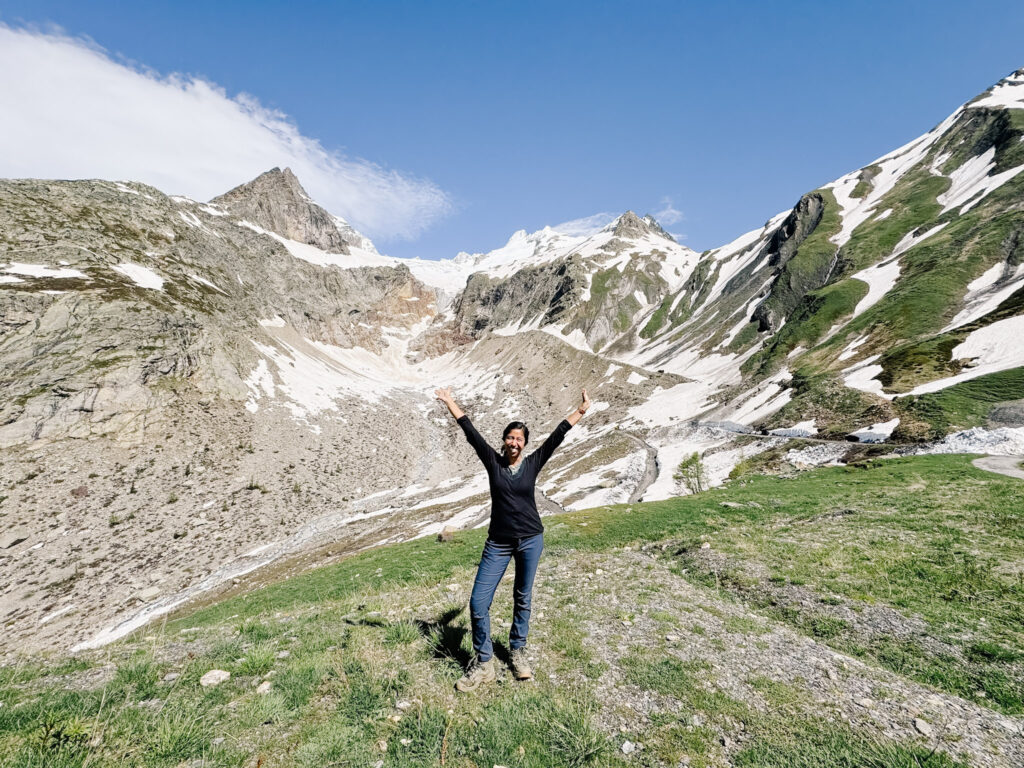
4-Day Alps Trek Packing List: Alps Backpacking Checklist
Here’s everything I packed for our 4-day, 3-night trek in the Alps! This was great as a first backpacking adventure for someone who wasn’t accustomed to carrying a pack because all our meals were provided during the trek, along with bedding (except for a thin sleeping bag liner). This meant we didn’t need to carry sleeping or food/cooking gear, which was super helpful. My pack was around 17lbs at the start, and got a little lighter as it went on and I ate the snacks I brought.
Pack
- 40L backpacking pack – this pack was the perfect size for this trek. I actually use a kids’ pack because it fits my short torso better than a women’s one (though the torso height adjusts and even Dan, who is 5’10”, uses this one very comfortably, so it’s a good option if you want something more affordable as kid packs are generally much cheaper than adult ones). We also already had this on hand (we actually have 4 of theme), and we often travel with them so I was familiar with wearing it. It was super comfortable the whole time and I was really pleased with it.
- Waterproof rain cover – the size x-small was snug but stayed on great and didn’t let any water through on the one day we had some drizzling (if I were buying it just for this, I’d get a size small)
- Thick garbage bag as a pack liner + extras – a friend’s dad recommended lining our packs with a thick garbage bag with all our stuff inside the bag to keep it really dry in case of rain
Clothing
- 1 athletic tank (I washed and rewore this, and it dried fully overnight)
- 1 thinner merino wool/silk blend base layer top (I layered this over my tank most days until it warmed up)
- 1 pair hiking pants (I wore these every day and they were sturdy, comfortable, and worked great. They also resisted some dirt so they surprisingly weren’t trashed by the end, and held up beautifully overall.
- 1 cashmere wool pullover sweater – this is thin and lightweight but super warm, so it was a good option to carry. I ended up not needing it since we had pretty warm and sunny weather, but I’m glad I had it in case the weather had been colder.
- 1 set warm merino wool base layers for sleeping (TOP and BOTTOM). These are so comfy and great. I also could’ve used them as an extra layer if it got super cold.
- 2 sports bras – probably could’ve used an extra 1-2 of these, but if you’re okay being a little stinky at the start (you’ll get stinky over the day anyway), it was nice to carry less
- 4 pairs wool socks (I took a couple pairs each of THESE and THESE)
- 5 pairs seamless underwear (4 days + 1 spare, though I probably could’ve hand washed these)
Outerwear
- 1 lightweight down jacket – I love this jacket – true to its name, it’s super warm and lightweight, and was great for layering during cooler times
- 1 waterproof rain jacket – quality rain gear that will actually keep you dry is an absolute necessity when backpacking, and this one does the job perfectly
- 1 pair waterproof rain trousers – again with the quality rain gear
- Waterproof gloves – I ended up not needing these, but would’ve been nice it it were cold and wet
- Merino wool hat (got ours in Lithuania, similar to THIS)- again, didn’t use, but would’ve been nice if it ended up being cold
- Baseball cap – wore this (in coral) a lot for sun
Shoes
- 1 pair of my beloved waterproof hiking boots (having waterproof ones was definitely helpful when walking through streams; I’ve had these for a few years and they’re awesome and I had zero blisters)
- 1 pair slippers – ended up not using these since each each of the huts had Crocs or similar to wear inside the hut (boots must be left in the boot room), but I only took an old pair of cheap hotel slippers my kids had so it was fine
Toiletries
- Toothbrush/toothpaste
- Mini deodorant
- Mini face cleansing oil/moisturizer (I absolutely love this stuff because it deep cleans without drying, and works as both cleanser and moisturizer; code LOCALPASSPORTFAMILY gets 20% off)
- Contacts/mini contact solution/spare contacts
- Bandages (I have strangely strong opinions about bandages and THESE are the very best)
- Ibuprofen
- Biodegradable wipes
- Extra zip top baggies
- Menstrual cup – this saved me on the trail!
- Panty liners
- Mini sunscreen (this is my very favorite kind; code LPF15 for 15% off)
- Lip balm (obsessed with THIS one)
- Hair ties – I’ve used THESE for years and they’re the best for thick hair)
- Mini lotion
- Mini bath gel
Other
- Sleeping bag liner – this was required for sleeping in the huts
- Hydration tablets – I took two bottles of these, only went through half of one
- Caffeine pills – I had never taken these before but they definitely helped with some extra energy on long uphill climbs after a tiring previous day. I basically never have caffeine so I wasn’t sure how these would hit me – turns out taking just one had basically zero impact, while taking 2 gave me a little extra pep that was great. I took 4 total over the trek – 2 on the morning uphill climb on the 3rd day, and 2 on the morning uphill climb on the 4th day. The kind I took were 80mg per capsule, but these are similar.
- Passport
- Credit/debit cards/a small amount of cash
- 1.5L water bladder – I used the one from one of my kids’ Camelbak’s; THIS is another good option
- 500ml cheap/lightweight squeezable water bottle – like THIS
- Phone
- eSim – Most phone plans cost $7-10 per DAY, which adds up quite a bit, but the plan I purchased through Saily was only $19.99 for 20GB that I could use over 30 days. To purchase, I just bought and loaded it into my phone while I had wifi and it was very easy to activate.
- Watch
- AirPods
- Mini charger
- Power adapter + cords for phone, watch, AirPods
- Quick dry towel
- Clip on light (we were asked to bring flashlights, I stuck this lightweight one on my pack but wasn’t necessary)
- Snacks! Here’s what I took:
- 8 cereal or protein bars (this is the only kind of protein bar I can tolerate)
- 6 mini packs of chili olives
- 3 500g bags of cashews (my fave were the salt & pepper, and I also took honey roasted)
- a small ziplock of dried mango
- a package of cheese sandwich crackers
- a package of cheesy breadsticks
- I definitely overpacked on snacks and could’ve taken 4 fewer bars, 1 fewer bag of nuts, and skipped the breadsticks & cheesy crackers. But we had some to eat on the bus to the airport after the trek so I didn’t mind!
Left Behind in Friend’s Luggage at Hotel
- 1 pair underwear (from the day we flew in since we arrived a day early)
- 1 swimsuit (we used this in the spa at the hotel – I could’ve used it at the end of the trek to jump in the freezing natural pool, but opted to not carry the extra weight and just jumped in in my sports bra and undies)
- 1 pair leggings (these are the VERY BEST)
- 1 zip up
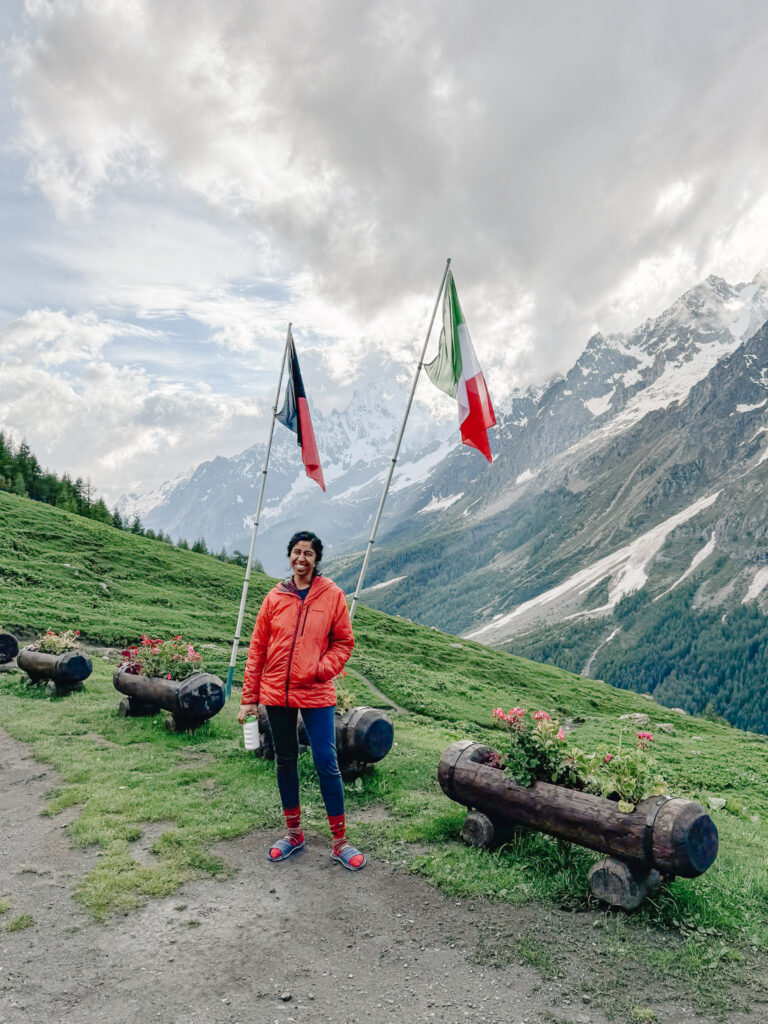
What Do You Wish You’d Taken?
I do wish I’d brought an extra tank and that extra pair of leggings. I was juuust fine without (like I said, I figured out I could wash and dry my tank and my pants held up perfectly), but they are very lightweight and it would’ve been nice to have another set. I love this square-neck cropped tank and would’ve brought it along, and adore my leggings linked above (that I left behind with my friend’s luggage). They’re both SUPER soft and comfy.
If I were planning it on my own, I’d definitely pack a pair of microspikes. There were a few snowy passages that were navigable without them, but could easily have not been even a week prior. Our guide had a few pairs of crampons and I was able to wear a set on the worst crossing and was VERY grateful to have them on.
And like I mentioned above, if you’re at all a sensitive sleeper, for sure bring along ear plugs and an eye mask!
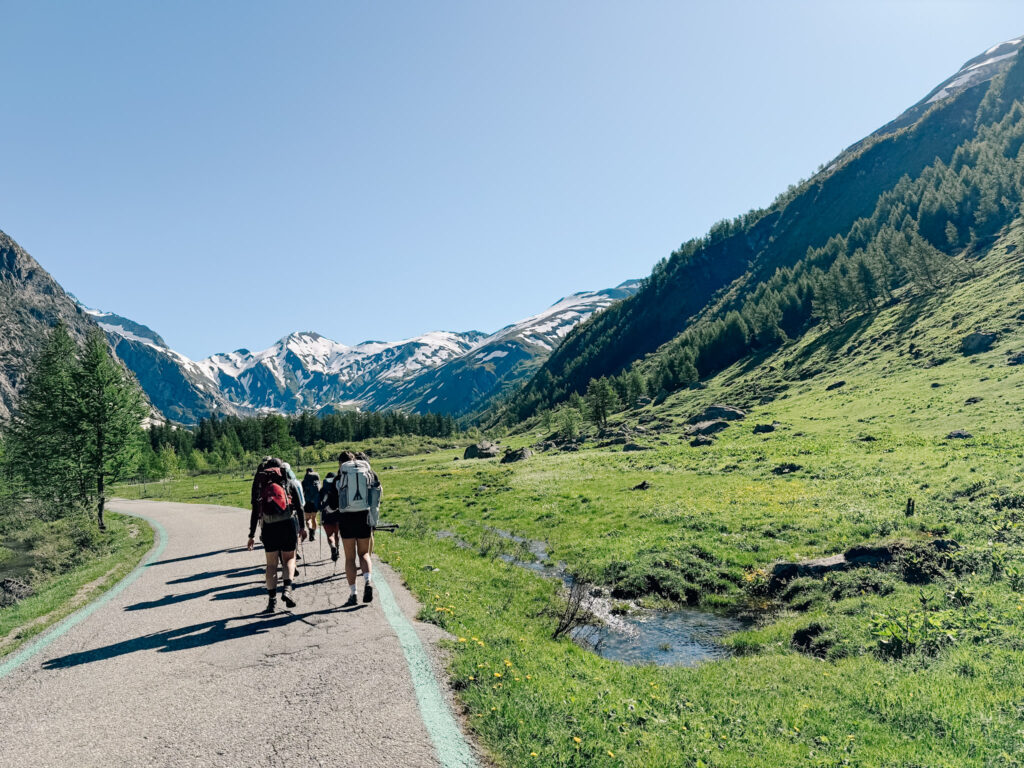
What Was The Food Like?
I was actually pleasantly surprised by the food options! Much Better Adventures was great at accommodating me as a vegetarian, and I never had to remind them or tell the huts as they had already taken care of it. I suspect vegetarianism is mainstream enough now that they are used to having those options available, so I can’t speak to other dietary needs.
Breakfasts were always provided at the hut were we slept but were fairly lackluster. I was hoping they would be heartier breakfasts for a day of hiking, but they were pretty traditional Euro breakfasts – some yogurt, possibly with some granola, maybe a piece of fruit, and some toast. Certainly not bad, but not super exciting, either, and I was usually glad to have my own mid-morning snack.
For lunches, we were generally provided either a sandwich or a wrap (a couple were fantastic, one was mediocre, one was inedible). Most of the days included another snack, a piece of fruit, chocolate, etc., though one day only included one (terrible) sandwich so I was glad to have my own snacks that day.
Dinners were hot and prepared at the hut, were 3 courses (starter, main, dessert), and were overall delicious. The first night included soup & pasta, then salad & fondue night, and finally soup & pasta again. They weren’t massive portions, but definitely sufficient.
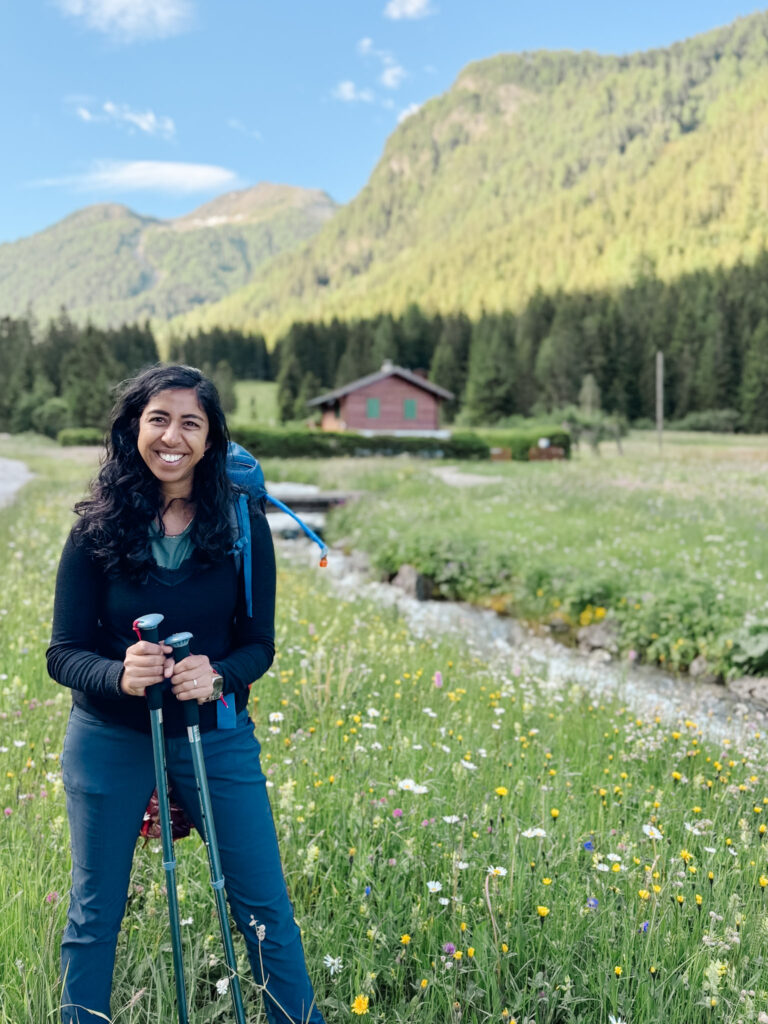
What Were the Huts Like?
The huts were basic, but comfortable and clean. The first one included a huge room with about 20-24 beds. This was definitely the night when everyone slept most poorly! I tend to be able to sleep through just about anything but even I was woken a few times between twisting in my sleeping bag liner, people getting up through the night for the toilet, etc. If you’re a sensitive sleeper, I would definitely bring ear plugs and an eye mask.
The second two nights both had smaller bunk rooms – one for 6 people, and one for 8. For both, I was in with friends from our group.
There were shared, single gender toilets and shower areas in each hut. The first night had really spotty hot water, but the second two were toasty and great. It felt amazing to have a hot shower and hot food after a long day of hiking!
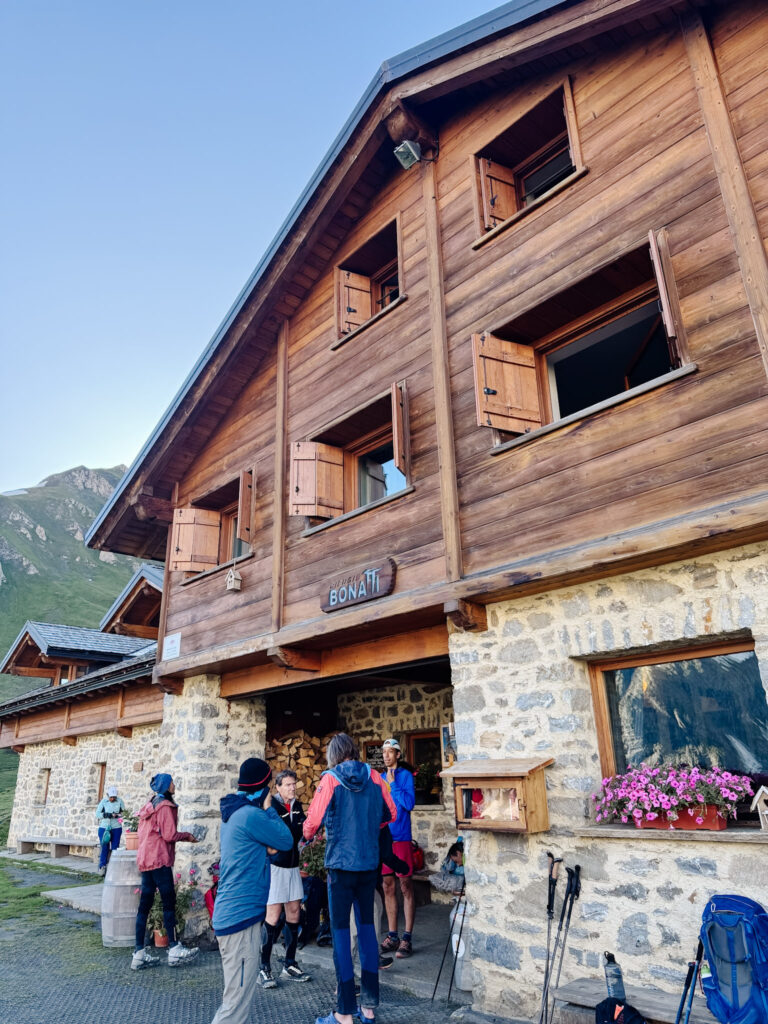
Did It Feel Doable? What Kind of Fitness Level Would You Recommend to Do Something Like This?
If I’m being honest, I was REALLY nervous about doing this trek. I hadn’t hiked more than a couple miles in nearly a year, and don’t have a regular exercise regimen between kiddos and busy life. I also, as I mentioned before, had never hiked with a pack before, even on a day hike.
However, I’m generally an active person in my day-to-day life. Even though I don’t specifically workout, we walk a LOT living in London, including to and from school every day, and typically hit between 8-10,000 steps a day (and I’m naturally a really fast walker). We also cycle regularly to get around, have several flights of stairs in our house that I go up and down many times a day, and I’m often carrying a toddler in my arms. 😉
With all that said, I was surprised at just how doable this felt. I absolutely loved it, and it almost always felt like a fun challenge, not like a “this is miserable” challenge. Of course there were hard moments when I was anxious to get to a resting point, but I only had a few of those over the entire four days, and I felt once I got into a rhythm each day, I felt great. I felt like my fitness level and ability were pretty middle-of-the-road for the group, and I never felt like the pace was too fast or like the hike was too much. I was pleasantly surprised that I experienced no knee pain, either, even when going downhill! My pack also felt completely fine – I was actually surprised by how little it bothered me or impacted the hiking. It felt like a great, comfortable, familiar weight (wearing a baby on my back around that weight was definitely helpful!).
I would say chatting with friends and a little bit of caffeine were definitely helpful, but overall it felt very manageable, accessible, and fun for me.
In general, I’d say that anyone who is generally fit, moderately exercises, or is just active in their daily lives (and has a bit of grit and perseverance) would probably do just fine.
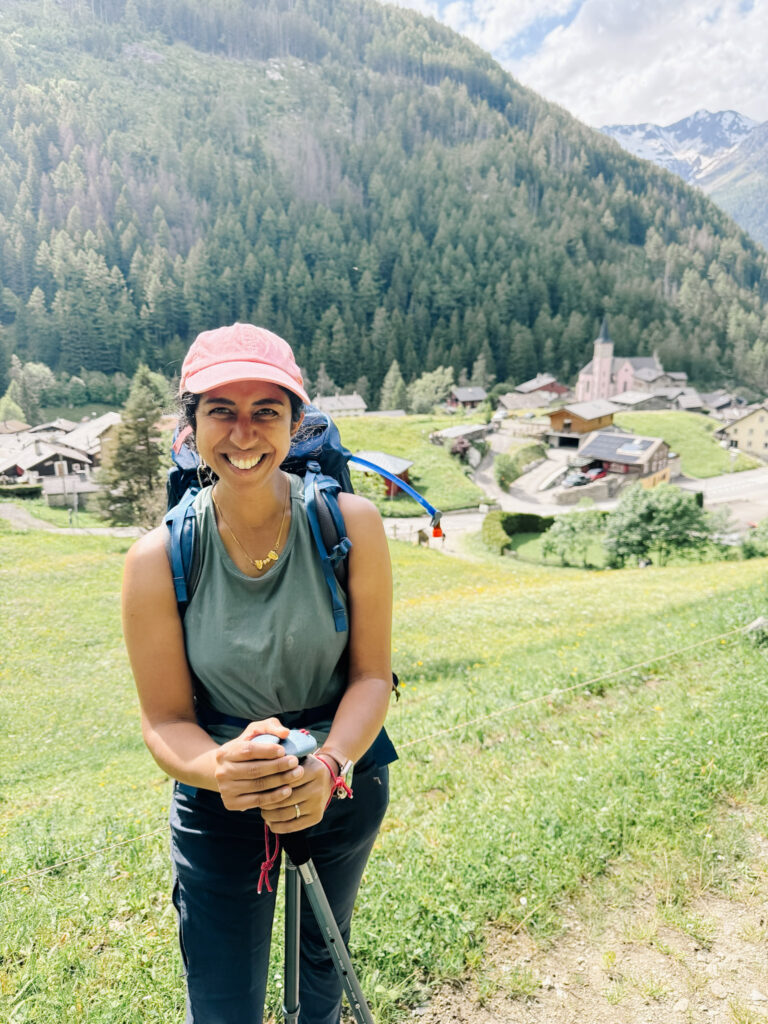
Did You Feel Safe?
100%! I will say it was different hiking in the Alps from the Western US & Canada because there was no worry about bears! So that was kind of nice (though it’s always incredible when you can spot them from a safe distance). The trails were generally good and well-maintained, though Day 2 required a fair bit of scrambling up the side of a mountain because the trail was covered in snow. So we did some mountain goat-ing up the side instead, which was fine.
There were also a fair number of snow passes. As I mentioned above, I was glad to have a pair of microspikes that I could use as a couple of them were quite dicey – a BIG drop down and rather slippery. We were all safe (and our guide was amazing at knowing the best path and also digging out safe footholds), but I was definitely glad to have our guide’s knowledge and insight.
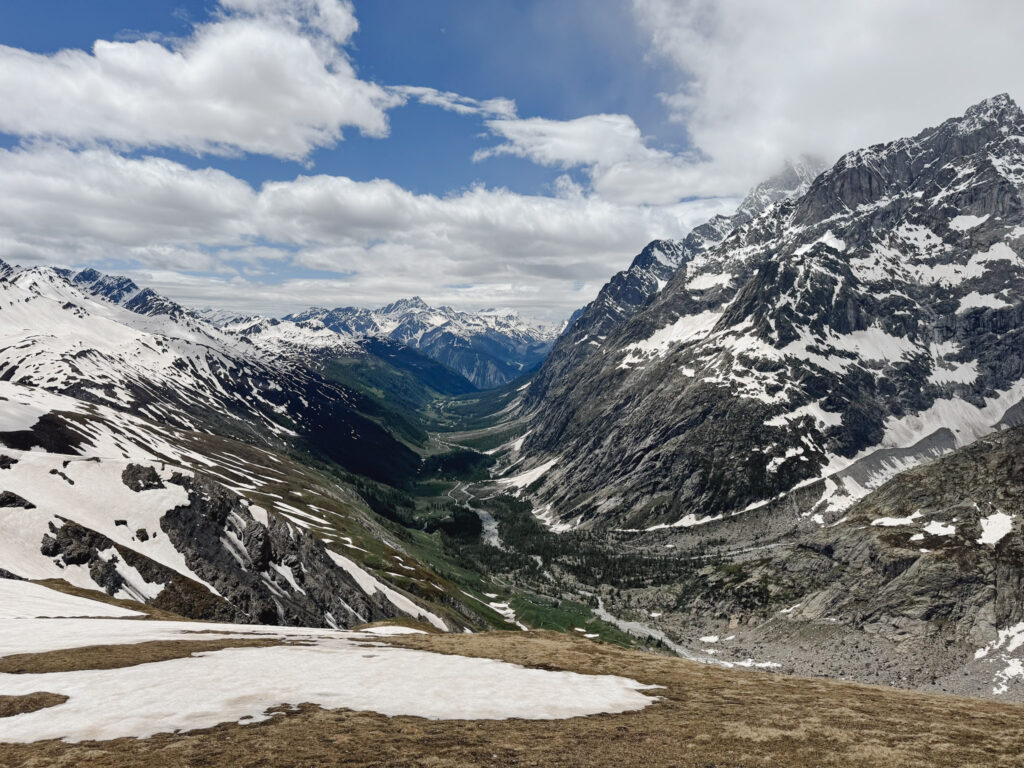
How Was The Weather?
We actually super lucked out with stunning weather for most of our trek. The weather was dicey up until we were up in the mountains, so it just as easily could’ve been cold and rainy. Instead, we had a slight on and off drizzle the first day (which was the shortest day – we only hiked about 3-4 hours), and then gorgeous sunshine the rest of the time. The last day actually even got hot – enough for me to jump in a glacial natural pool! Honestly, it was completely perfect – cool in the mornings, lovely by afternoon but mostly not hot (except the last afternoon, which was all downhill and honestly so lovely), and with gorgeous wildflowers (only there for about 3 weeks of the year) and rushing waterfalls and still snow-capped mountains. It could NOT have been more perfect. I’m just assuming I’ll never be able to recreate that weather experience, even if I do the same trek again!
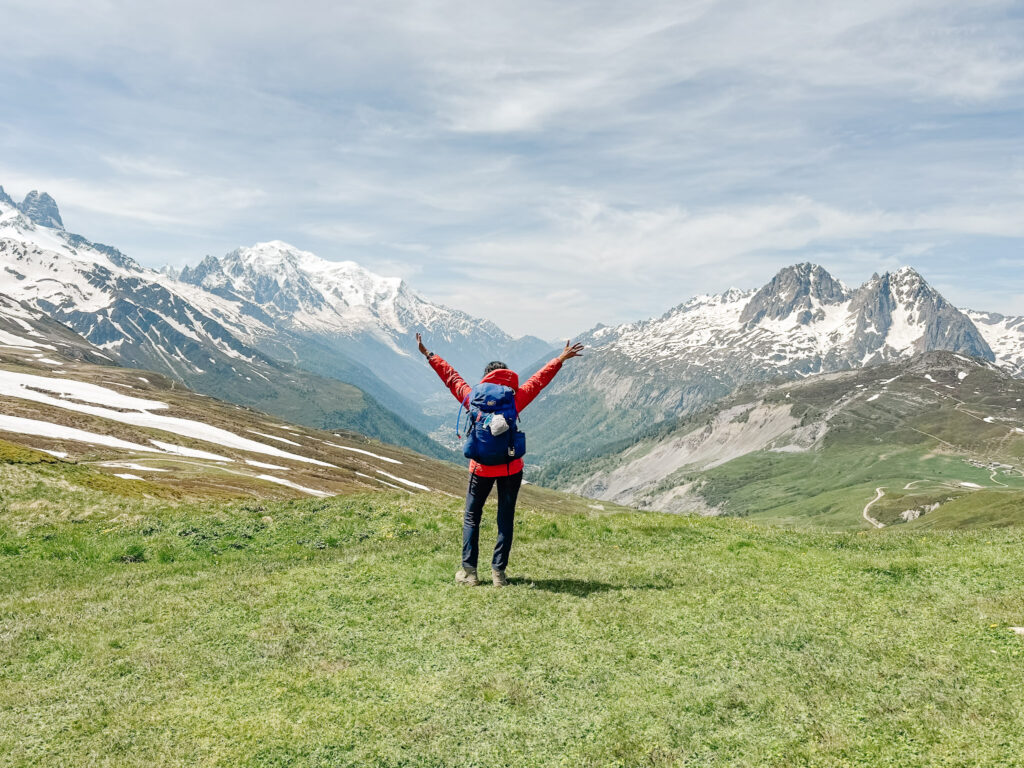
Would You Take Kids to Do This Trek?
I came home REALLY wanting to figure out a way for our family to experience something like this. I definitely wouldn’t take a kid under about 10-12+ to do this – for one, Much Better Adventures only allows people 18+. Even if you were to plan it on your own, though, I definitely wouldn’t do something with the same distance and elevation gain that we had each day with a younger child – it’s intense and would just be too much for every kid I’ve known.
That said, there are actually lots of different huts and stops and routes, so I’d LOVE to find something that would be more amenable to families with younger kiddos. I think it would be great to stay in one little village and do day hikes (and then you’re not carrying a full pack!), or to go hut-to-hut and limit the daily distance to about 5 miles if possible. That would give plenty of time for breaks, taking it slow with lots of elevation gain, etc. There are lots of private guides available, as well, if you did want someone to lead while creating a custom route. While the trails are well marked and were pretty smooth sailing, there were a few tricky parts (especially with snow), and our guide was incredibly knowledgeable for safe places & ways to pass, exactly which route to follow (sometimes there weren’t signs!), and more.
One thing with NOT taking the kids, and particularly baby S along, is I did need to pump while gone. Fortunately, my amazing friend had a much younger baby (hers was 4 months, while baby S was 21 months) for whom she needed to pump regularly, so she let me borrow her pump in the morning and evening. It was really nice to not need to carry an extra pump! She took this pump, which worked well and was super portable – she used it multiple times through the day and charged it at night. My supply definitely dropped a bit over the few days (I started by getting 8-10oz over the morning/night combo, and ended with only 2-3oz in a day), which I suspect was due to a combination of trying to stay hydrated and a pump just not extracting as much as a baby.
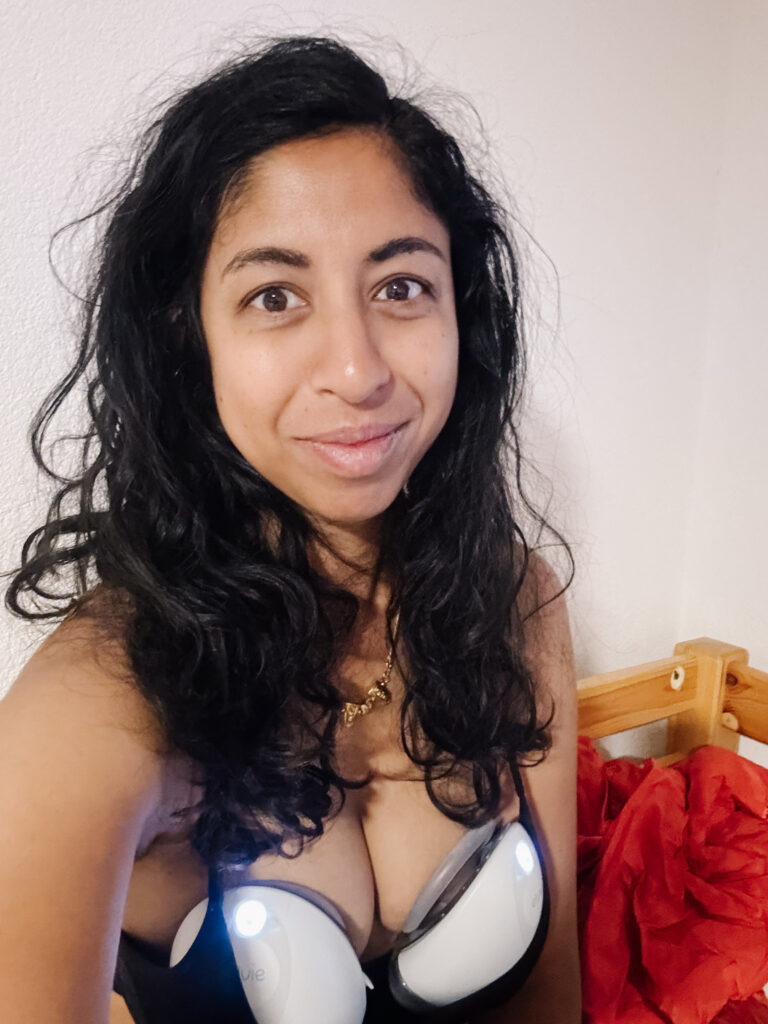
Did I Like It / Would I Do It Again?
I absolutely LOVED this experience. It was honestly so incredible and I loved the views, the challenges, the people. The food was good (I loved having it prepared for me!!), it was great to have an actual bed at the end of the day, and the whole thing was just exhilarating. 10/10 would for sure do it again. In fact, the first thing I told Dan when I came home was that I’d love to take him and/or the kids to do it!
And that’s about it! Any other questions? Feel free to drop them in the comments and I’ll try to answer!
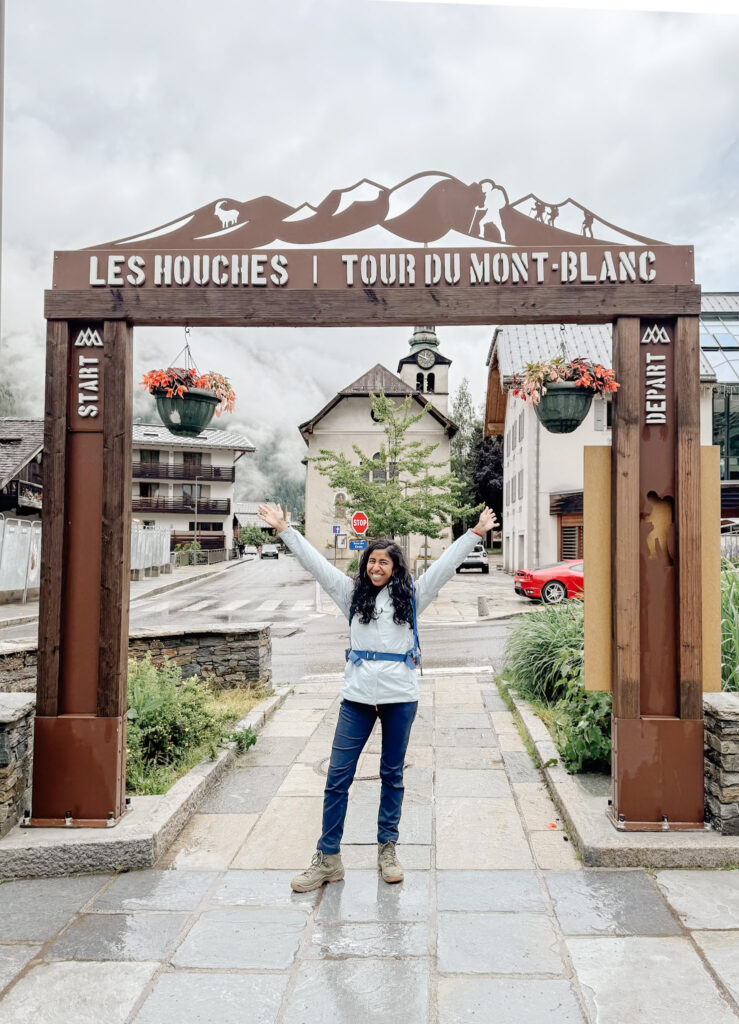
MORE POSTS
IF YOU LIKED THIS POST ABOUT MY 4-DAY ALPS TREK, YOU MIGHT LIKE THESE POSTS TOO:
- Ultimate Guide to Yellowstone National Park
- Hiking Angels Landing with Kids
- Day Trip to Plitvice Lakes National Park
- What To Do in Transylvania with Kids
